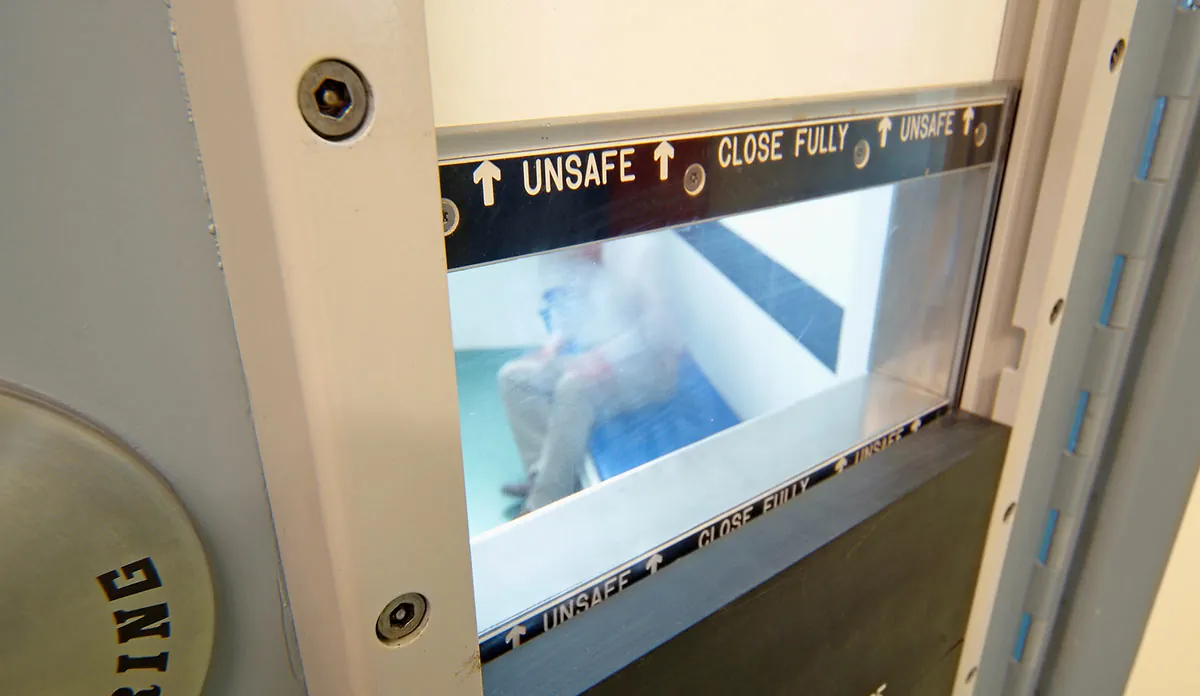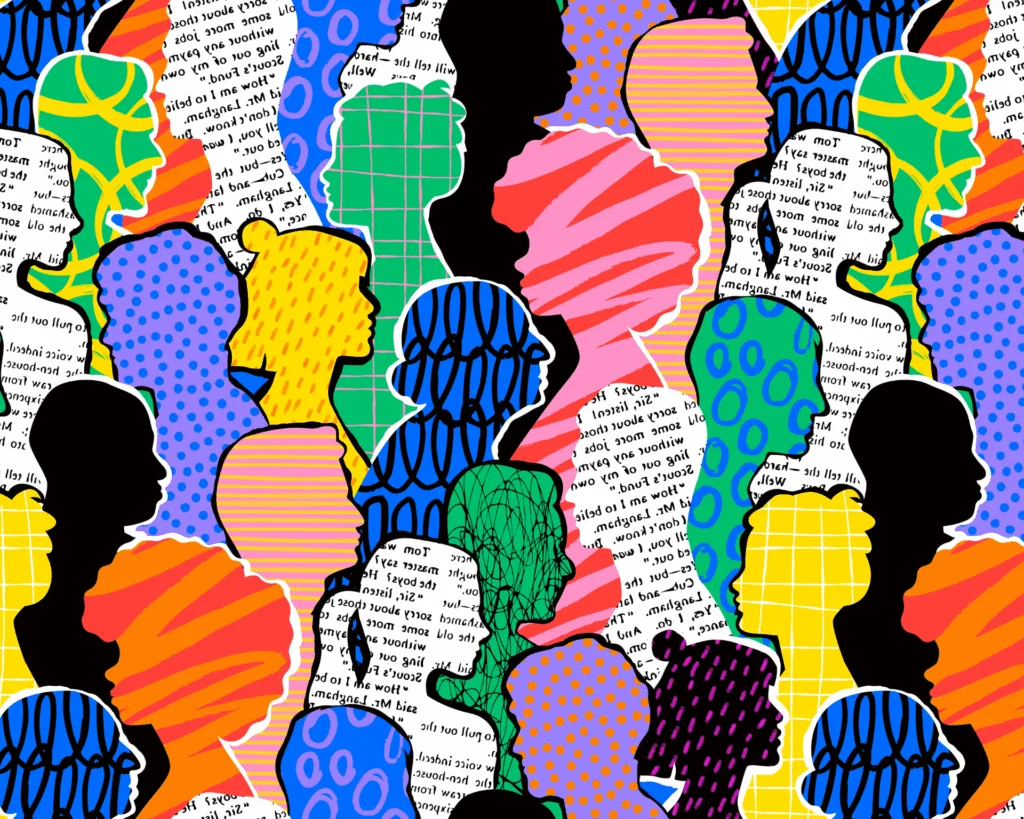History and Health Consequences of Solitary Confinement
Solitary confinement fell out of favor in the 1890s but expanded greatly after the 1960s. Some prisoners are more at risk of isolation than others, and the detrimental impact of solitary on mental health is well-documented.

Read Time: 3 minutes
Published:
Solitary confinement has been called “torture, pure and simple,” a “cruel and evil punishment,” and a “soul-crushing experience.” On the other side of the debate, its proponents describe it as a “necessary tool for corrections officers.”
Solitary confinement is a practice where prisoners are isolated as punishment for small or large infractions within the prison. Some are placed in solitary confinement after committing egregious crimes, such as the Boston Marathon bombing, and others for their own protection.
The practice began, in the United States, as an experiment in the early 1800s under the assumption that prisoners would use the time alone to repent their sins. But the results were much less positive than hoped for. Prisoners who experienced solitary confinement began to develop mental disorders, sometimes referred to as “prison psychosis.”
In 1890, the US Supreme Court recognized the dangers of solitary confinement, noting that “a considerable number of the prisoners fell, after even a short confinement, into a semi-fatuous condition.”
In 1890, the US Supreme Court recognized the dangers of solitary confinement, noting that “a considerable number of the prisoners fell, after even a short confinement, into a semi-fatuous condition.” After this, prisons and jails slowly moved away from using solitary confinement.
During the 1960s, prison administrators, once again, began using solitary confinement as a way of dealing with violence and overcrowding. After this, its use expanded greatly. Within 30 years, the “building boom” of supermax prisons designed specifically for isolation began. Today, nearly 20% of prisoners and 18% of jail inmates have spent time in solitary confinement.
Some prisoners are at greater risk for forced isolation than others. Black prisoners are more likely to be placed in isolation than White prisoners. This disparity was noted as far back as 1843, when Dr. B.H. Coates wrote about it to the Philadelphia College of Physicians. He reported that, in one prison, there were seven Black prisoners in solitary confinement for every two White prisoners. Developmentally-delayed inmates and those who identify as lesbian, gay, or bisexual are also more likely to be placed in solitary confinement.
Developmentally-delayed inmates and those who identify as lesbian, gay, or bisexual are also more likely to be placed in solitary confinement.
The detrimental impact of solitary confinement on mental health is well-documented. One study found prisoners who experienced isolation accounted for over half of the acts of self-harm in the New York City jail system despite only making up 7% of the prison population.
Advocacy organizations like the Vera Institute of Justice and the California Innocence Project have called for the end of solitary confinement. Many have argued, for decades, that solitary confinement is a form of “cruel and unusual punishment,” violating the Eighth Amendment. Others have argued that the financial cost is far too great, estimating one year of solitary confinement at $78,000 per prisoner, which is three times more expensive than keeping an inmate in a general prison unit.
Currently, Senate Bill 4784 which would restrict the use of “segregated confinement” in New York state and create alternatives to this punishment, is sitting in committee. Activists in New York are pushing their representatives to support the bill for humanitarian and financial reasons.
Feature image: stocknroll/iStock



